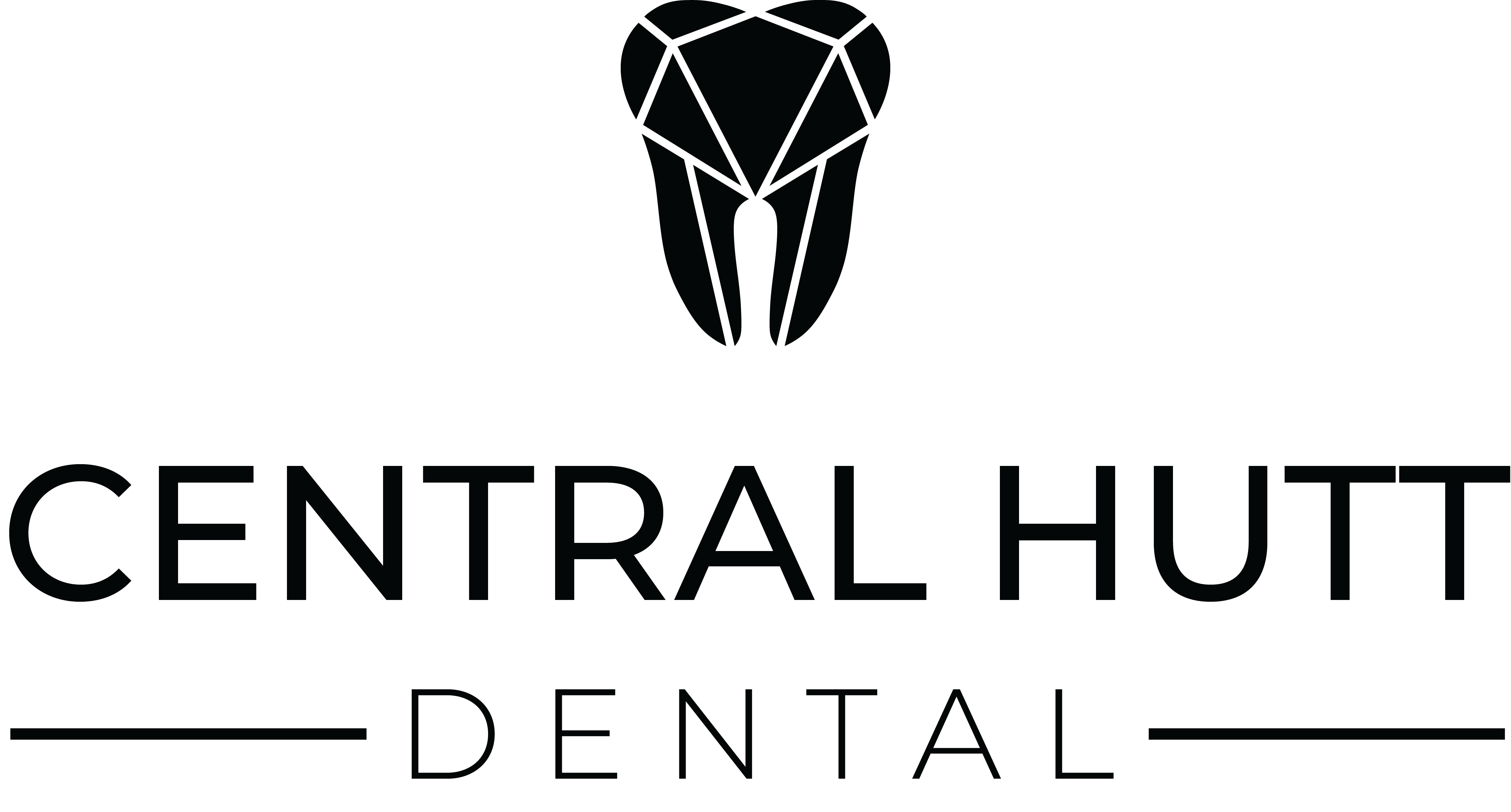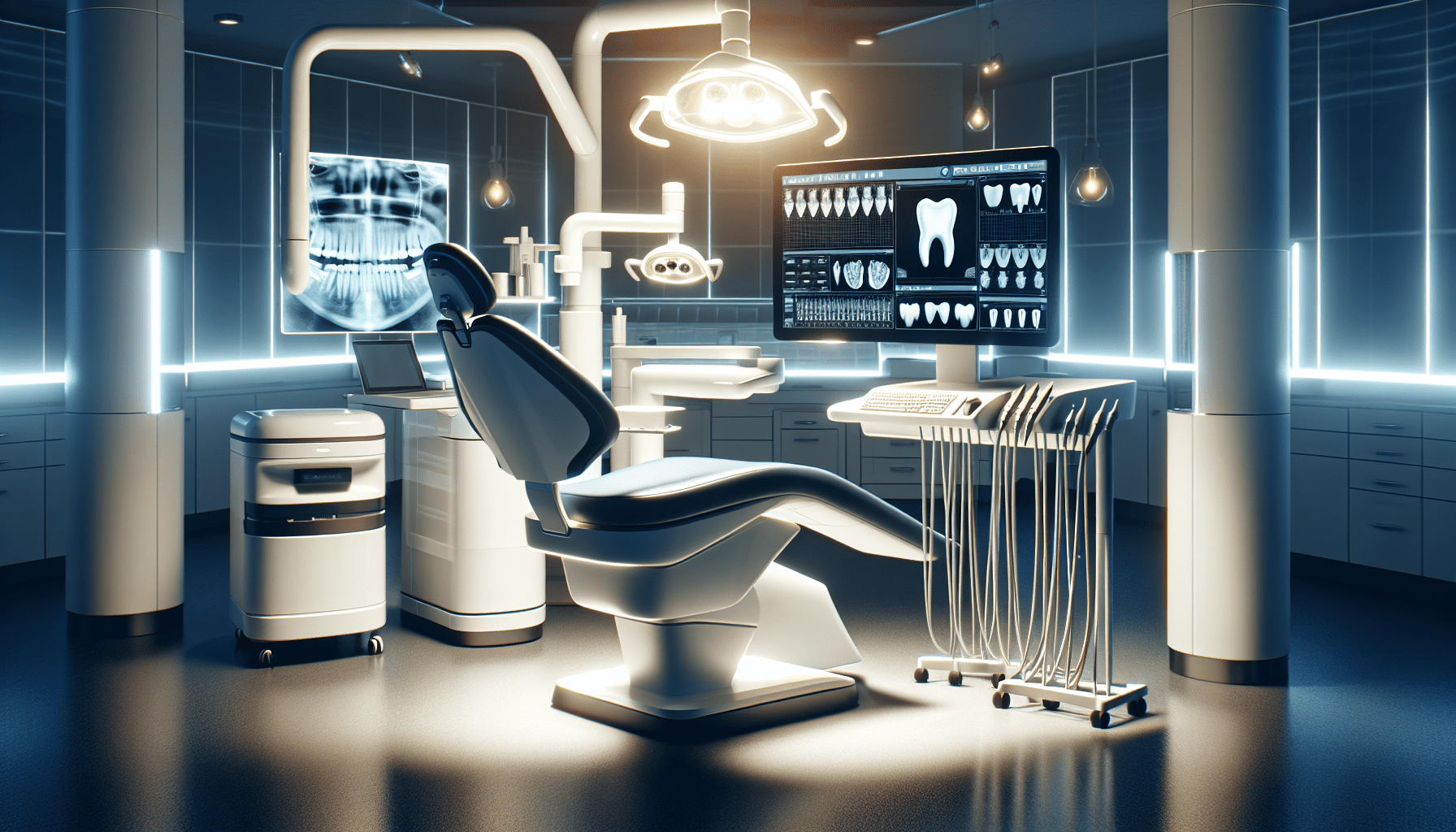In the heart of Lower Hutt’s bustling CBD, Central Hutt Dental stands out as a beacon of modern dental care. Imagine a place where the latest in digital dentistry technology is not just an add-on, but the foundation of a practice that aims to give you the smile of your dreams with accuracy you didn’t think possible. This premier clinic, housed within one of the largest facilities in the Australasia region, is dedicated to leveraging cutting-edge technology and equipment to ensure your dental health and aesthetics are in the best hands. From general to cosmetic and restorative dentistry, their experienced team is ready to transform your dental experience into something truly remarkable, making perfect smiles a reality for their clients.
Overview of Digital Dentistry
Definition and scope of digital dentistry
Digital dentistry refers to the use of digital technologies and tools in dental practices to enhance the delivery of dental care. It encompasses a wide range of applications, from digital imaging and radiography to computer-aided design and manufacturing (CAD/CAM), intraoral scanning, 3D printing, and more. The scope of digital dentistry is broad, aiming to streamline processes, improve accuracy, and enhance patient outcomes.
The evolution of digital technology in dental practice
The evolution of digital technology in dental practice has been transformative. Starting from the early adoption of digital radiography to the sophisticated use of CAD/CAM systems and 3D printing, the advancements in technology have continuously improved the efficiency and effectiveness of dental treatments. This evolution reflects the industry’s commitment to adopting innovative solutions that cater to both patient and practitioner needs.
Advantages of digital dentistry over traditional methods
Digital dentistry offers numerous advantages over traditional methods, including enhanced precision in diagnostics and treatment planning, reduced treatment times, and improved patient comfort. Moreover, digital technologies facilitate better communication between dental professionals and patients, helping to explain treatment options and expected outcomes more clearly. These advancements also allow for more predictable results and improved workflow efficiencies.
Digital Imaging and Radiography
Introduction to digital X-rays
Digital X-rays represent a significant advancement in dental diagnostic tools, offering a faster and more efficient way to assess and diagnose dental health issues. Unlike traditional film X-rays, digital X-rays provide immediate images, require less radiation, and offer superior image quality.
Benefits of digital imaging for diagnosis
The benefits of digital imaging for diagnosis are manifold. High-resolution images enable more accurate assessments of dental conditions, supporting early detection and more precise treatment planning. Digital images can also be easily shared and stored, facilitating consultation with specialists when needed.
Comparative analysis: Digital vs. traditional X-rays
Comparing digital to traditional X-rays underscores the advantages of digital technology. Digital X-rays expose patients to less radiation, offer quicker processing times, and deliver more detailed images that are crucial for accurate diagnoses and effective treatments.
CAD/CAM Technology in Dentistry
Definition and function of CAD/CAM
CAD/CAM technology, standing for Computer-Aided Design and Computer-Aided Manufacturing, has revolutionized dental restoration processes. It enables the design and fabrication of dental restorations, like crowns, veneers, inlays, and onlays, using computer technology, improving the fit, aesthetics, and durability of these restorations.
Application of CAD/CAM in dental restorations
The application of CAD/CAM technology in dental restorations allows for the production of precise and tailored treatment solutions. It significantly reduces the turnaround time, often enabling same-day restorations, which greatly benefits the patient’s experience and satisfaction.
Impact on patient experience and case studies
The impact of CAD/CAM technology on patient experience is profoundly positive. Patients enjoy shorter waiting times, fewer dental visits, and restorations that fit better and look more natural. Case studies from practices adopting this technology, such as Central Hutt Dental, demonstrate improved outcomes and high patient satisfaction levels.
Intraoral Scanning
The role of intraoral scanners
Intraoral scanners have taken digital impressions to the next level, eliminating the need for uncomfortable traditional molds. These devices capture detailed 3D digital images of the patient’s oral cavity, improving the accuracy of impressions and the comfort of the experience.
Improvements in accuracy and comfort
The improvements in accuracy and comfort afforded by intraoral scanning are significant. The detailed digital models help ensure that restorations and dental appliances fit precisely, reducing the need for adjustments and remakes. Moreover, patients appreciate the quick and comfortable scanning process compared to traditional methods.
Integration with CAD/CAM systems
The integration of intraoral scanning with CAD/CAM systems streamlines the restoration process even further. Scans are directly used to design restorations, which can then be manufactured on-site. This seamless integration enhances efficiency and reduces the time from diagnosis to treatment completion.
3D Printing in Dentistry
Overview of 3D printing technology
3D printing technology in dentistry represents a leap forward in customizing patient care. It enables the production of highly accurate dental models, surgical guides, and even prosthetics, using a layer-by-layer printing process.
Applications in dental models, guides, and prosthetics
The applications of 3D printing in dentistry are vast. Dental models and surgical guides produced through 3D printing are precise and tailored to the individual patient, improving the outcomes of surgical interventions. 3D-printed prosthetics offer customizability, efficiency, and speed, providing patients with quick and effective solutions.
Future perspectives in dental 3D printing
The future perspectives in dental 3D printing are promising, with ongoing innovations expanding its applications. From bio-printing of tissues for regenerative purposes to the development of new materials for prosthetics, 3D printing stands to further revolutionize dental care delivery.
Digital Orthodontics
Digital technology in orthodontic diagnosis and treatment planning
Digital technology has significantly impacted orthodontic diagnosis and treatment planning. Digital scans, simulations, and 3D printing enable orthodontists to plan treatments more effectively, predict outcomes accurately, and customize appliances like never before.
Customized braces and clear aligners
The use of digital technology has led to the creation of customized braces and clear aligners that fit perfectly and are more comfortable for the patient. This technology also allows for more precise adjustments, improving treatment efficiency and outcomes.
Monitoring treatment progress digitally
Digital tools enable orthodontists to monitor treatment progress more effectively, making adjustments as needed. Patients can also track their progress through digital visuals, enhancing their engagement and satisfaction with the treatment process.
Computer-Guided Surgery
Concept and importance of computer-guided dental surgery
Computer-guided dental surgery utilizes digital planning and surgical guides to enhance precision in implant placement and other oral surgeries. This approach minimizes risks, improves accuracy, and can lead to better surgical outcomes and faster recovery times.
Benefits for implant placement and oral surgeries
The benefits of computer-guided surgery for implant placement and oral surgeries are substantial. It allows for less invasive procedures, reduced discomfort, and shorter recovery periods. The accuracy of this method also ensures optimal implant positioning, contributing to the long-term success of dental implants.
Patient outcomes and recovery
Patient outcomes and recovery from computer-guided surgery are generally superior compared to traditional surgical methods. Patients experience less post-operative discomfort and enjoy a quicker return to normal activities, along with high satisfaction rates due to the predictability of the results.
Digital Workflow in Dental Practice
Integrating digital tools for efficient workflow
Integrating digital tools into dental practices leads to a more efficient workflow. From digital record-keeping and case management to utilizing digital diagnostics and treatment planning tools, practices can deliver higher quality care more efficiently.
Case management and digital record keeping
Digital case management and record-keeping streamline the administrative aspects of dental care, improving data accuracy and accessibility. It enhances the management of patient cases, facilitating better communication and collaboration among dental professionals.
Enhancing patient communication with digital visuals
Digital visuals play a crucial role in enhancing patient communication. Tools like intraoral scanners and CAD/CAM systems provide clear and understandable visualizations of dental conditions and treatment options, helping patients make informed decisions about their care.
Teledentistry and Remote Consultations
Definition and applications of teledentistry
Teledentistry involves the use of digital information and communication technologies to provide and support dental care remotely. It includes services like consultations, diagnosis, and even some aspects of treatment planning, expanding access to dental care.
Expanding access to dental care
Teledentistry has the potential to significantly expand access to dental care, particularly for people in remote or underserved areas. By offering remote consultations and assessments, more individuals can receive timely dental advice and interventions.
Implications for patient care and practice management
The implications of teledentistry for patient care and practice management are profound. Apart from expanding access, it can also streamline the care process, reduce costs, and improve the efficiency of dental practices. As this field evolves, it may redefine aspects of dental care delivery.
Case Study: Central Hutt Dental Clinic
Adoption of digital dentistry technologies
Central Hutt Dental Clinic, located in the CBD of Lower Hutt, is a prime example of the successful adoption of digital dentistry technologies. Outfitted with the latest in digital dental technology and equipment, the clinic offers a wide range of high-quality dental services, from general and cosmetic dentistry to orthodontics and digital dentistry.
Impact on patient satisfaction and outcomes
The impact of adopting digital technologies at Central Hutt Dental has been significant, leading to enhanced patient satisfaction and outcomes. The use of advanced technologies like CAD/CAM, digital X-rays, and intraoral scanning has improved the accuracy, efficiency, and comfort of dental treatments, resulting in better treatment experiences and outcomes for patients.
Lessons learned and best practices
The experience of Central Hutt Dental highlights several lessons and best practices in the adoption of digital dentistry. Key among these is the importance of ongoing training and development for dental professionals to fully leverage the capabilities of digital technologies. Additionally, prioritizing patient education and communication using these technologies enhances patient engagement and satisfaction.






